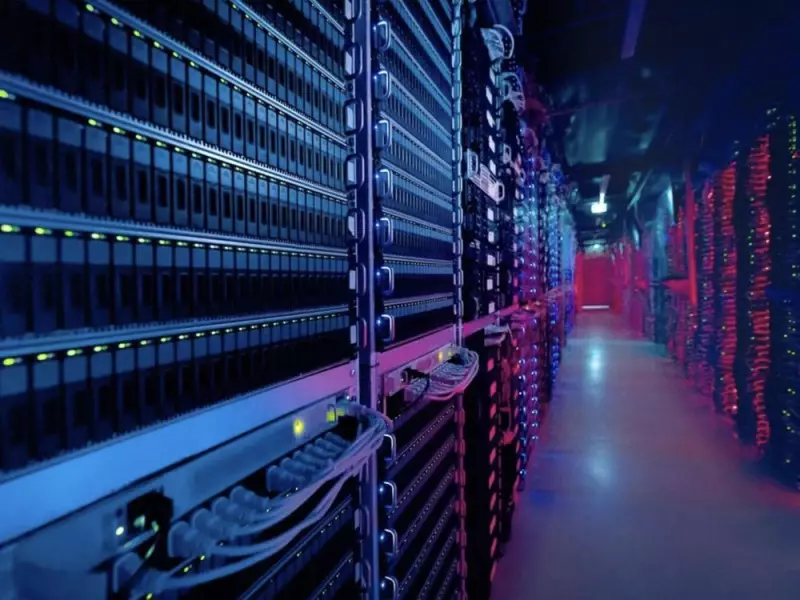
The explosive growth in artificial intelligence is driving an unprecedented data-centre construction boom that will require up to US$5 trillion in funding over the next five years, according to a new analysis from JPMorgan Chase & Co. This massive capital requirement is expected to draw from every corner of the debt market, fundamentally reshaping financing landscapes.
A Thirst for Capital Across All Markets
JPMorgan strategists, led by Tarek Hamid, detailed in a report that the question is not which market will finance this expansion, but rather how financings will be structured to access every capital market. The analysis forecasts that the AI-driven data-centre boom will need approximately US$1.5 trillion from investment-grade bonds alone in the coming half-decade.
This insatiable demand is already visible. Last month, a US$30 billion bond sale by Meta Platforms Inc. set a record for the largest order book in the history of the high-grade bond market. Similarly, investors were ready to commit another US$18 billion to Oracle Corp. recently to fund a new data-centre campus.
Filling the Massive Funding Gap
While investment-grade bonds will form the backbone, other markets are poised to contribute significantly. The report estimates that leveraged finance is primed to provide around US$150 billion. Furthermore, data-centre securitizations could supply up to US$40 billion per year.
Despite these vast sums, there remains a substantial funding shortfall. JPMorgan identifies a remaining gap of approximately US$1.4 trillion. This gap is expected to be covered by a combination of private credit and government funding, highlighting the sheer scale of the capital required.
Boom, Bubble, or Both?
The strategists note that data-centre demand has gone parabolic in recent months, defying fears of a bubble. This demand is constrained only by physical realities like computing resources, real estate, and energy availability.
However, the path forward is not guaranteed to be smooth. The analysts warned it will not simply be up and to the right. Their primary concern is a potential repeat of the late-1990s telecom and fiber-optic bubble, where overcapacity led to widespread defaults and a collapse in valuations.
Warning signs are already emerging. A recent poll found that more than half of data industry executives are worried about future industry distress. Others on Wall Street have expressed unease about the complex private debt instruments hyperscalers are using to keep AI funding off their balance sheets.
The largest portion of the necessary funding, however, is expected to come from the hyperscalers themselves. These tech giants are currently diverting US$500 billion of their US$700 billion in annual net operating income directly toward capital expenditures.
JPMorgan concludes that even if the sector succeeds, the massive capital influx and the winner-takes-all nature of parts of the AI ecosystem will inevitably create spectacular winners and some equally spectacular losers.





